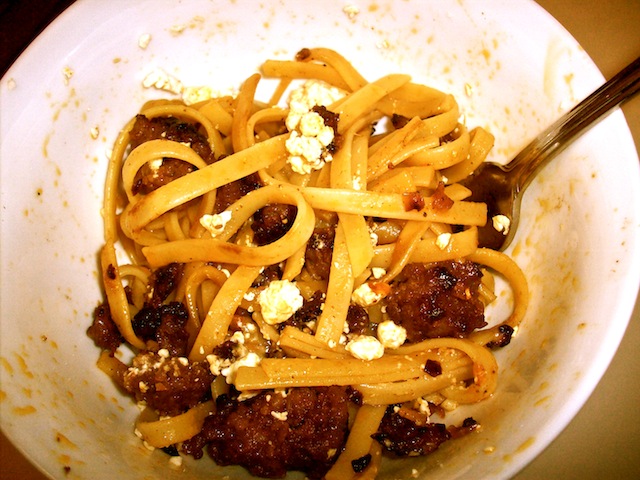Let me paint a picture for you: I’m standing in a cramped kitchen with a dripping, raw chicken cradled in one hand and a giant knife in the other. I am about to cut up said chicken, when I realize that I actually have no clue what cutting up a chicken entails. “Somebody grab The Joy of Cooking,” I yell, growing frantic with the weight of the chicken in my hand. (Chickens, although small, are deceptively heavy, and I did start lifting weights after this incident).
The Joy of Cooking, my kitchen bible, is procured, and with reassurance, the voice of Irma Rombauer tells me, “With a little practice and a sharp knife, you can easily cut a whole chicken, duck, turkey, or goose into serving pieces.” Thanks, Irma.
First published in 1931 as a coping mechanism for dealing with her husband’s suicide, The Joy of Cooking was Irma Rombauer’s first foray into helping cooks everywhere keep their households happy. Joy was a departure from other era cookbooks written mostly by cooking schools or dieticians. “Talking about ridiculous cookbooks,” said M. F. K. Fisher about her generation’s offerings, “One, lavishly larded with instructive photographs, illustrates the correct way to serve dinner rolls, each tied with satin ribbon and a red, red rose!”
Instead of such impractical or hard to follow instructions, Rombauer offered recipes suited for day to day life and included basic instructions for commonly used cooking techniques. After hitting on the action method–working the ingredients list into the directions–she republished the book in 1936 with Bobbs-Merrill and began a family-run cookbook empire.
Joy has undergone a number of reprints since then–not all of them lauded. It has tried to move with changing attitudes toward food, substituting unrationed substances for costlier commodities during WWII, adapting to post-war appliances like freezers in the home, and expanding to include international recipes when it appeared that there was a demand for them. » Continue reading this post...

